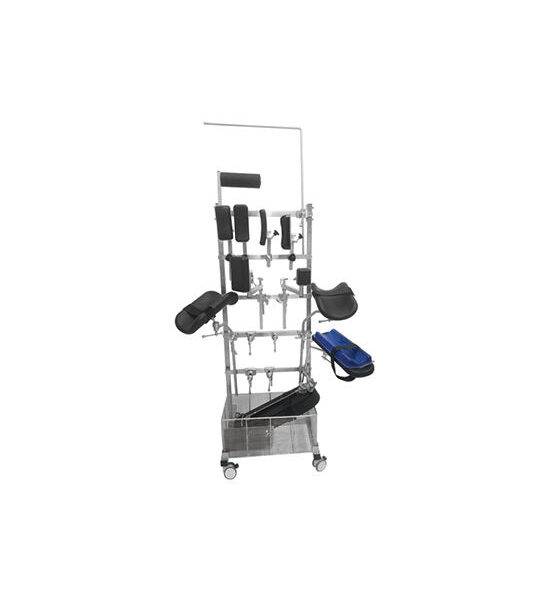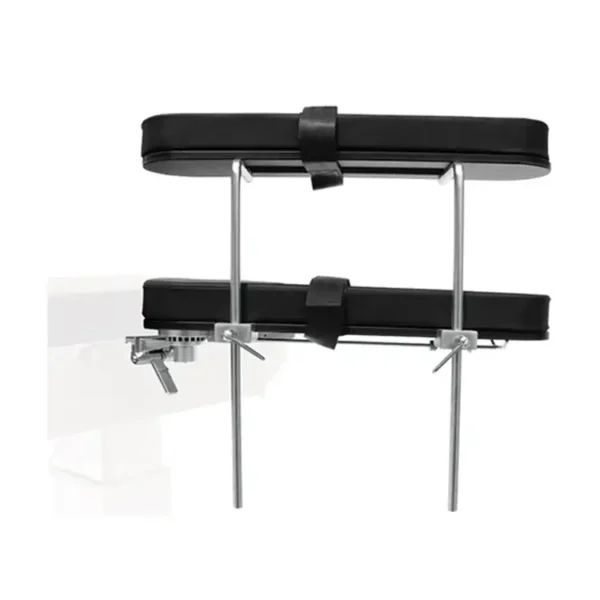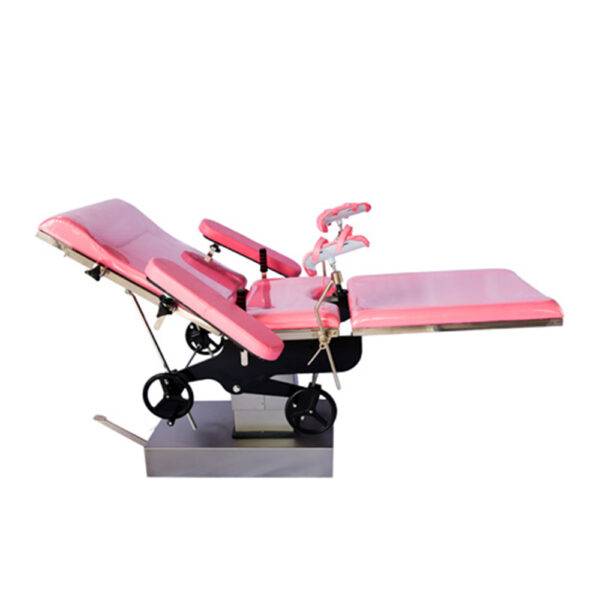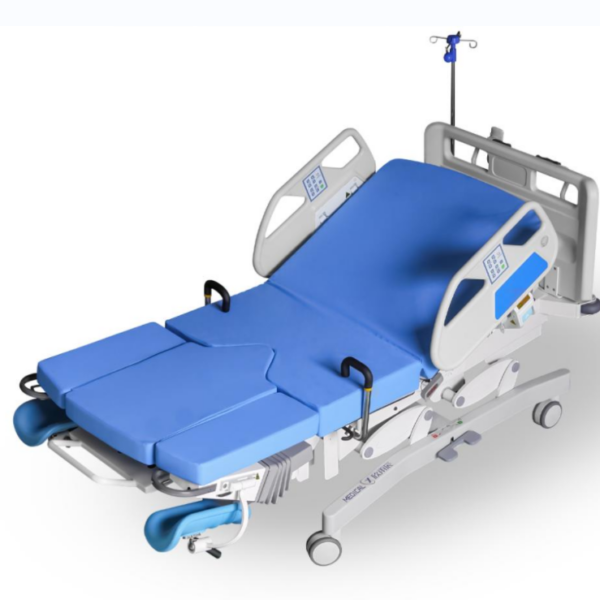Dirección
304 North Cardinal St.
Dorchester Center, MA 02124
Horas laborales
Lunes a viernes: 7:00 a. M. - 7:00 p. M.
Fin de semana: 10 a. M. - 5 p. M.
Selecting the right operating table dimensions is crucial for the efficiency and success of surgical procedures in any medical facility. The dimensions of an operating table can significantly impact the comfort of both the patient and the surgical team, as well as the overall workflow in the operating room. This comprehensive guide will help you understand the importance of operating table dimensions, how to choose the right ones for your clinic, and the various factors you need to consider.

Operating table dimensions refer to the measurements that define the size and shape of the table used during surgical procedures. These dimensions include length, width, height, and sometimes specific features like tilt angles and weight capacity. The right dimensions ensure that the table accommodates different surgical procedures, patient sizes, and the needs of the surgical team.
Having the correct operating table dimensions is essential for several reasons:
Patient Safety and Comfort: Ensures that patients are safely and comfortably positioned during surgery.
Surgeon Accessibility: Allows surgeons to have optimal access to the surgical site without unnecessary strain.
Procedure Efficiency: Facilitates smooth execution of various surgical procedures, enhancing overall efficiency in the operating room.









Different surgical procedures require different table dimensions. For example:
Consider the size and weight of the patients typically treated in your clinic. Operating tables should accommodate a range of body types, from pediatric to bariatric patients.
Measure your operating room to ensure the table fits comfortably with enough space for the surgical team and equipment. Consider the movement and adjustment range of the table.
Look for tables with adjustable dimensions to cater to different procedures and patient needs. Key features to consider include:
| Característica | Dimension (inches) | Descripción |
|---|---|---|
| Longitud | 72 – 84 | Standard lengths to accommodate most patients |
| Ancho | 20 – 30 | Sufficient width for patient comfort and accessibility |
| Height Range | 24 – 40 | Adjustable height for ergonomic working conditions |
| Tilt Angle | ±30° | Lateral tilt for better surgical access |
| Trendelenburg | ±30° | Tilting head down or feet down for specific procedures |
| Capacidad de peso | 350 – 1000 lbs | Range to support patients of different weights |
Some surgical procedures require specialized tables with unique dimensions and features. For example:
Correctly sized operating tables reduce the risk of patient falls and positioning injuries. They also ensure better access to the surgical site, leading to more accurate and safer procedures.
Surgeons can maintain proper posture and reduce physical strain when the table dimensions are suited to their needs. Adjustable height and tilt features allow for comfortable positioning during long surgeries.
Having the right dimensions and features streamlines the surgical process. Surgeons and assistants can move around the table more freely, and the patient can be positioned optimally, leading to quicker and more efficient surgeries.
Adjustable and versatile operating tables can be used for a variety of procedures, making them a cost-effective investment for clinics with diverse surgical needs.

Measure the Room Size: Take precise measurements of the operating room’s length, width, and height.
Consider Equipment Placement: Account for the space needed for surgical equipment and storage.
Allow Movement Space: Ensure there’s adequate space for the surgical team to move around the table comfortably.
Plan for Adjustments: Consider the full range of table adjustments (height, tilt, rotation) to ensure it fits within the room’s constraints.
For an operating room measuring 20 feet by 20 feet:
Elegir lo correcto mesa de operaciones dimensions is a critical decision that impacts the safety, comfort, and efficiency of surgical procedures. By considering the type of surgeries performed, patient demographics, operating room space, and adjustable features, you can select a table that meets your clinic’s needs. Remember to measure your operating room carefully and consider the benefits of versatile, adjustable tables to enhance overall surgical performance.
Standard operating tables typically have a length of 72 to 84 inches, a width of 20 to 30 inches, and an adjustable height range of 24 to 40 inches. These dimensions can vary based on the type of surgery and patient requirements.
Consider the types of surgeries performed, patient demographics, available operating room space, and the need for adjustable features. Ensure the table can accommodate a range of procedures and patient sizes comfortably.
Adjustable features such as height, tilt, and width adjustments allow for better patient positioning, improved surgeon ergonomics, and increased procedural efficiency. They provide versatility for different surgical procedures and patient needs.
Yes, the right operating table dimensions can enhance patient safety, improve surgeon comfort and accessibility, and streamline the surgical process, leading to better surgical outcomes.
Consult with medical equipment suppliers, read product specifications, and seek advice from surgical professionals to gather more information on operating table dimensions and their impact on surgical procedures.
